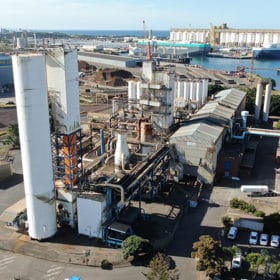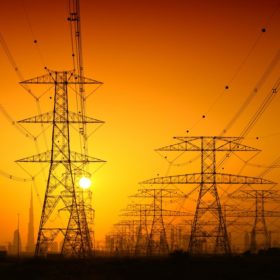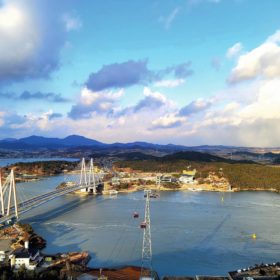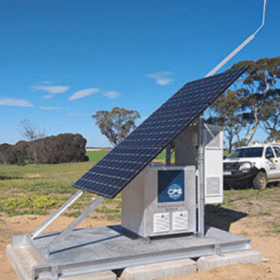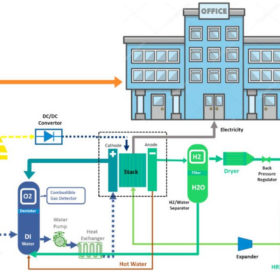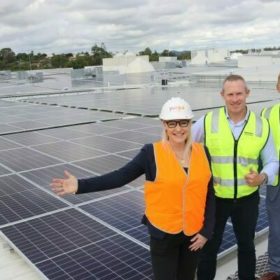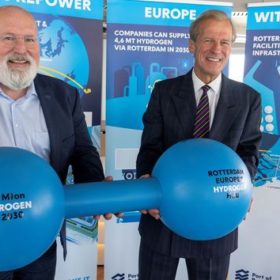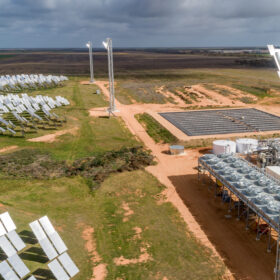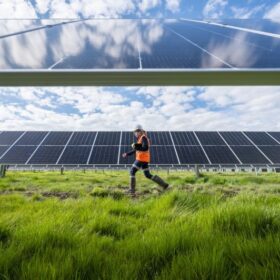‘The villain is the framework’: crisis an opportunity to review regulation requisites
Australia’s energy crisis affords it an intricate, if painful, look at exactly where and how our current electricity regulations no longer fit their purpose. According to analyst Gavin Dufty, now is the time to retrain our eyes on the prize: designing a new framework suitable for the future decentralised system. “But everybody needs to put their guns back in their holsters,” Dufty tells pv magazine Australia.
BREAKING: AEMO suspends spot market in all eastern states
The Australian Energy Market Operator (AEMO) this afternoon suspended the electricity wholesale spot market in all five of the participating National Electricity Market states, saying it has become “impossible” to operate.
‘Much too naive’: extent of market cornering in energy crisis underplayed, analyst says
As Australia’s energy crisis deepens with Queensland and NSW again cautioned over potential blackouts in the coming hours, director of the Victoria Energy Policy Centre, Bruce Mountain, told pv magazine Australia commentators have underplayed the extent to which energy generators have exacerbated the emergency. Government intervening to take charge of the energy market is, for him, the most likely outcome as generators withholding capacity increasingly threatens to cause massive losses in state economies.
Interview: Maxeon’s Mark Babcock talks sustainability, traceability, and what makes the Australian market so exciting
Singapore-headquartered solar manufacturer Maxeon Solar Technologies, which sells in Australia under the SunPower Maxeon brand, announced in May that it was launching its new holistic energy management system in Australia in the third quarter of 2022. pv magazine Australia sat down with Maxeon Solar Technologies’ chief revenue officer Mark Babcock in Munich, Germany, at Intersolar 2022.
‘Clear winds of change’ in Southeast Asia
After a decade of under-delivering on its potential, there are changes afoot in Southeast Asia’s renewable energy development, says Assaad W. Razzouk, the CEO of Singapore-based developer Gurin Energy. Razzouk points to success stories in the region and notes that political will and clear regulations for developers are needed.
Standalone power system to be allowed in the NEM from August
The Australian Energy Regulator has begun consultations to allow distributor-led standalone power systems (SAPS) to become part of the national electricity system. Proving highly successful in Western Australia, these SAPS could soon be properly rolled out in the east.
Cost comparison between lithium batteries, fuel cells, reversible solid oxide cells as storage for off-grid rooftop PV
Scientists in the United Arab Emirates have looked at how off-grid rooftop PV could be combined with batteries, fuel cells or reversible solid oxide cells for energy storage. The modelling assumed a typical commercial building in Los Angeles.
Shopping complex switches on massive rooftop solar system
The switch has been flicked on what has been labelled one of the Southern Hemisphere’s largest rooftop solar PV systems with Queensland government-owned Yurika announcing an almost 5MW system installed atop the Logan Hyperdome Shopping Centre is now operational.
Hydrogen fuel cell without precious metals developed, Australia’s global importance underscored in Rotterdam
A team of researchers from the University of Wisconsin-Madison, Cornell University, and Wuhan University have presented a completely precious metal–free alkaline fuel cell with enhanced performance using a carbon-coated nickel anode. Meanwhile, the Port of Rotterdam has offered to supply northwestern Europe with 4.6 million tonnes of hydrogen by 2030. According to RMI, Europe will import green hydrogen between 2024 and 2030. RenewableUK sees room for hydrogen exports from the UK to the EU.
Heat-storage building material to passively cool PV systems, batteries
German researchers have developed a new shape-stabilised phase change material with the ability to store up to five times more thermal energy than commercially available phase change materials (PCMs).
